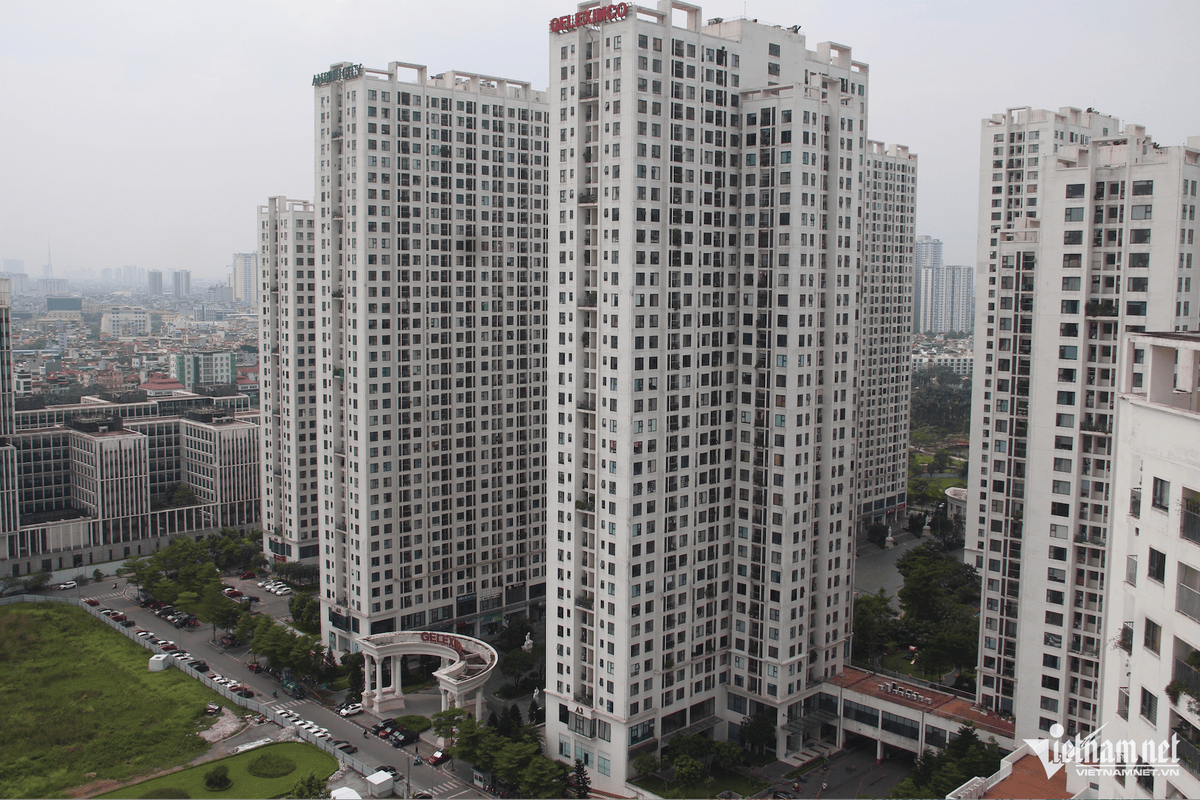
MOC, analysizing reports from 60 of 63 localities, has reported that 25,937 products (apartments, houses and land plots) did not sell in the third quarter, an increase of 52 percent over the previous quarter. The inventory includes projects which can meet requirements to be put into transactions under current laws, but no transaction was made in the period.
These included 4,688 apartments, 12,250 houses and 8,999 land plots. The inventory of houses and land plots in the third quarter increased by 150.6 percent compared with the second quarter.
Also according to MOC, 141,360 transactions for apartments, houses and land plots were reported in the last quarter, including 103,000 transactions for land, which accounted for 73 percent.
The number of transactions for apartments and houses in the third quarter was higher than that in the second quarter, while transactions of land decreased by 18 percent.
Real estate prices in many localities keep increasing, especially in Hanoi, HCM City and large urban areas, despite more inventory.
The price increases occur in just some areas, products and market segments. However, they still impact the entire real estate market.
The apartment prices, both new and old, in Hanoi and HCM City continued to increase with the prices of apartments in new projects increasing by 4-6 percent Q-o-Q and 22-25 percent Y-o-Y. A sharp rise of 35-40 percent has been reported for some specific areas.
As for villas and townhouses, the price of products in Hanoi increased further. Most of the projects opened for sale in the third quarter were located in advantageous areas where infrastructure is developing well. The prices quoted in the primary market were relatively high.
Meanwhile, the prices in the primary market were stable in HCM City. The prices of high-end products with large area in some localities decreased by 14 percent Q-o-Q and 28 percent Y-o-Y. There were many transactions of products priced below VND10 billion.
According to Le Hoang Chau, chair of the HCM City Real Estate Association (HOREA), the inventory is normal, which is a part of enterprises’ business strategies. The worrying thing is that products have been launched but have not been accepted by the market, which means low liquidity.
Large inventory for weak businesses using high financial leverage will be a "mountain of debt" burdening businesses. When there is no liquidity, businesses will face difficulties.
Anh Phuong